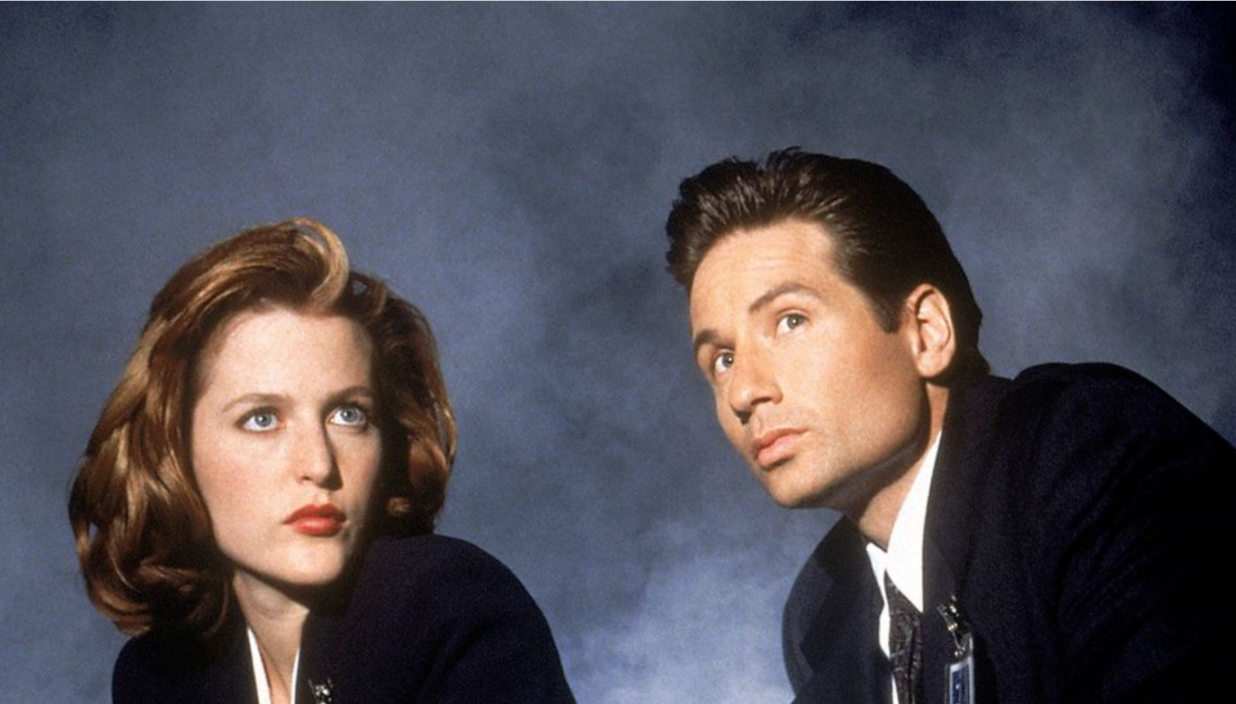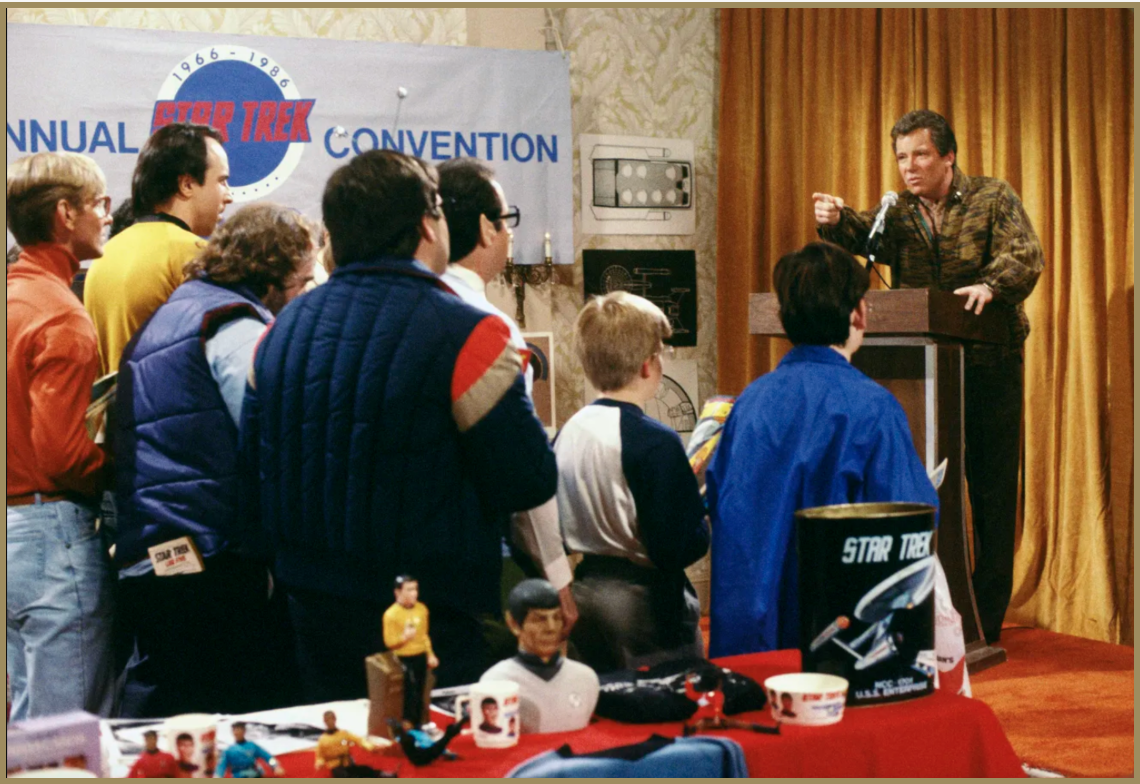
Welcome to Peabody Finds, the weekly newsletter for the Peabody Awards, offering our recommendations for powerful and thought-provoking media you should consider engaging. The newsletter offers deeper dives into Peabody-recognized programming (and beyond), with commentary, insights, and additional materials for context and expanded engagements. If you like it, subscribe here!
A History of TV Fandom, from Trekkies and Monkees to Hate-Watching and Reboots
Trekkies used to be a joke.
One of the first modern fandoms to identify as such, complete with their own fandom name, were devotees to a television show that ended due to low ratings. Premiering in 1966 and airing for just three seasons, Star Trek was the first television show to inspire a small but passionate cult following, one that even tried to save the series with a letter-writing campaign years before it became commonplace (more on that below). Their devotion, at the time, was unprecedented. They held conventions; they dressed like the characters.
At the time, this made them such a laughingstock that the star of the show, William Shatner, made them the butt of a joke on Saturday Night Live. But they were pioneers who anticipated everything about modern fandom.
Fans matter in specific ways to the medium of television. Shows have traditionally survived—or died—based starkly on their audience numbers, because the medium has been advertising-driven for most of its history. That makes each fan literally count. Fans can also affect what we see on screen in unique ways, interacting with an ongoing piece of work rather than something like a movie or an album, which is finished by the time it goes to the public. In the Streaming Era, fandom matters perhaps even more than ever: The perceived passion of a show’s fans can make the difference when it comes to a streamer ordering another season, and social media allows fans to gather, theorize, obsess, and even take action—whether they’re demanding that next season or harassing a showrunner about an unpopular plot decision. Brands, meanwhile, have learned the value of the TV fan market: Postmates partnered with Amazon Prime Video on a themed meal box for fans of The Marvelous Mrs. Maisel; an IKEA ad campaign featured room designs inspired by TV shows such as Stranger Things. MTV had a show called Stan vs. Stan, pitting different fandoms against one another to compare their levels of devotion.
TV’s ability to forge intimacy with audiences—it’s in our homes, after all—has played a key part in building fandoms from the beginning. Since television’s early days of the 1950s, executives have used the medium’s power to essentially reverse-engineer fandom, to create groups of fans who were demographically desirable targets for advertising. Television made rabid fans out of U.S. housewives with daytime soap operas with the express purpose of selling them household products, an idea swiped from radio. And ABC targeted children as an audience with The Mickey Mouse Club in 1955, creating a national sensation and solidifying a generation’s lifelong relationship with the Disney corporation and its rodent mascot.
Kids didn’t just beg their parents for toys advertised during the afternoon show; they demanded Mickey Mouse Club merchandise and records and wrote fan letters by the thousands to their favorite Mouseketeers, who were among TV’s first child stars. Breakout star Annette Funicello received 6,000 letters per week at the peak of her popularity. Soon the kids who watched began to affect what they saw on the show, and the products they were offered. Annette, after singing one song in her thin, breathy voice, got a record deal after fans demanded a recording. Mouseketeer ears became one of the most enduring forms of fan merchandise; Annette became an icon and major recording star, despite her own public protestations that she wasn’t a very talented singer.
TV was also critical in building perhaps the most famous fan phenomenon of all time, Beatlemania, which broke less than a decade later and converted many of those Mouseketeer-primed fans directly into Fab Four devotees. The Beatles famously conquered America by first appearing on The Ed Sullivan Show in 1964, when 73 million (!) people tuned in. And then TV made its own Beatles. Los Angeles TV producers Bob Rafelson and Bert Schneider saw the potential immediately and, inspired by the Beatles’ film A Hard Day’s Night, set about casting a fictional riff on the band for a weekly sitcom. In September 1966, The Monkees premiered on NBC. Micky Dolenz, Michael Nesmith, Peter Tork, and Davy Jones copied the Beatles’ formula right down to the signature bowl-shaped haircuts. They played versions of themselves, “characters” with their own real-life names. NBC and the producers, hip to what would lure the young fans they wanted, released the group’s first single, “Last Train to Clarksville,” to radio stations just a few weeks before the show’s premiere, hoping to pique interest in their fictional band with a real hit.
It worked. Both the show and the song were a smash. The Monkees’ first album, released a month after the series’ debut, spent 13 weeks at No. 1 on the Billboard charts. To capitalize on the immediate success, The Monkees producers quickly sent the fictional(ish) musicians on tour, to face the screaming throngs of teenage girls in person. Only one problem: They weren’t a real band. As Dolenz later said, “The Monkees becoming a band was like the equivalent of Leonard Nimoy really becoming a Vulcan.” They learned on the fly, however, and even gained the respect of their progenitors. “They’ve got their own scene, and I won’t send them down for it,” John Lennon once said. “You try a weekly television show and see if you can manage one half as good.” The false idols had turned quite real, and the power of TV fandom was proven.
But this was only the beginning. As the medium of television evolved—and, critically, the internet came into play—the power of TV fans would grow to levels unfathomable in the times of Mousketeers and Monkees. Here are some of the major ways the power of TV fandom has manifested throughout the medium’s history since then:
Online Obsession
For its first several decades, TV fandom remained a mostly one-sided affair—TV networks making shows, fans consuming them from afar, and often alone. (Think of the stereotype of the lonely, dorky Trekkie.) The advent of the internet changed that, making fandom far more social, interactive, and empowered. Now fans could find their people. Robust early online fandoms developed for shows such as The X-Filesand Seinfeld in the late 1990s via some of the web’s earliest means of group communication: newsgroups and forums, alt.tv subgroups, Geocities user sites, and the Angelfire web ring. In 1998, a site dedicated to recapping every moment of the teen drama Dawson’s Creek, called Dawson’s Wrap—started by Sarah D. Bunting, Tara Ariano, and David T. Cole—amassed its own cult following by eviscerating the show it religiously followed. Soon it added other shows and changed its name to Mighty Big TV before settling on the name under which it would gain wide popularity and change television coverage in the media, Television Without Pity. Here, fans could gather to love or hate their favorite shows, love or hate the recaps of their favorite or not-so-favorite shows, and pore over retellings that often took longer to read than the episodes took to watch.
The internet also became the perfect place for fans to voice their outrage at the way things are playing out on their favorite shows. This was evidenced by Lost and its much-loathed finale, a harbinger for finales to come. Game of Thrones did not heed this cautionary tale. Fans will likely never forgive the TV version for its final season, nor will they forgive author George R.R. Martin for falling years behind schedule on finishing the book series.
Serialized Stories with Sprawling Mythologies
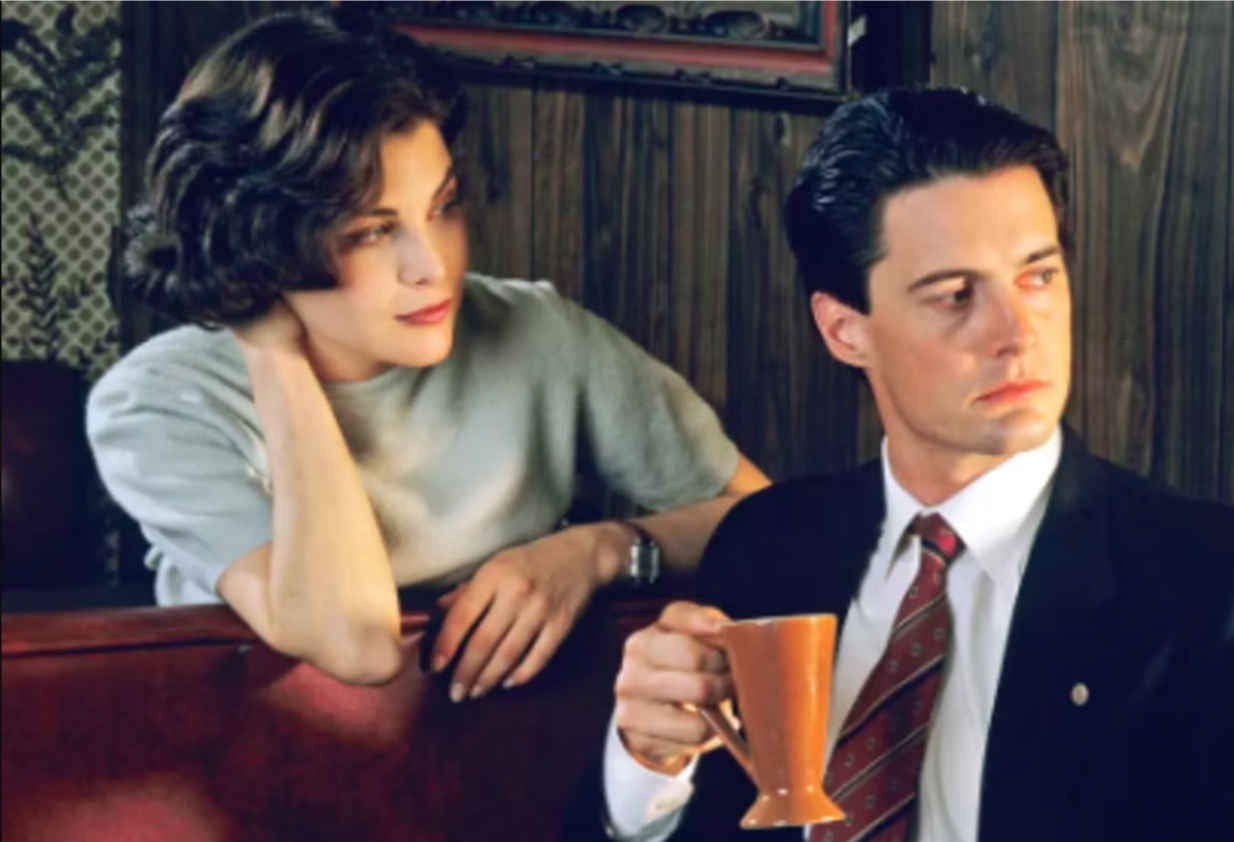
Twin Peaks notoriously went from phenomenon of 1990—everyone wanted to know who killed Laura Palmer—to flop of 1991—were they ever going to tell us who killed Laura Palmer? But it pioneered the concept of the heavily serialized and mythologized show, the kind that might turn off some viewers but would incite a core audience to obsession. As recording technology improved, the serialized show would take over, from The X-Files in the age of the VHS tape, to Buffy the Vampire Slayer, Lost, and Game of Thrones in the DVR and on-demand era, to Russian Doll and Yellowjackets in our current streaming-heavy times.
Save-This-Show Campaigns
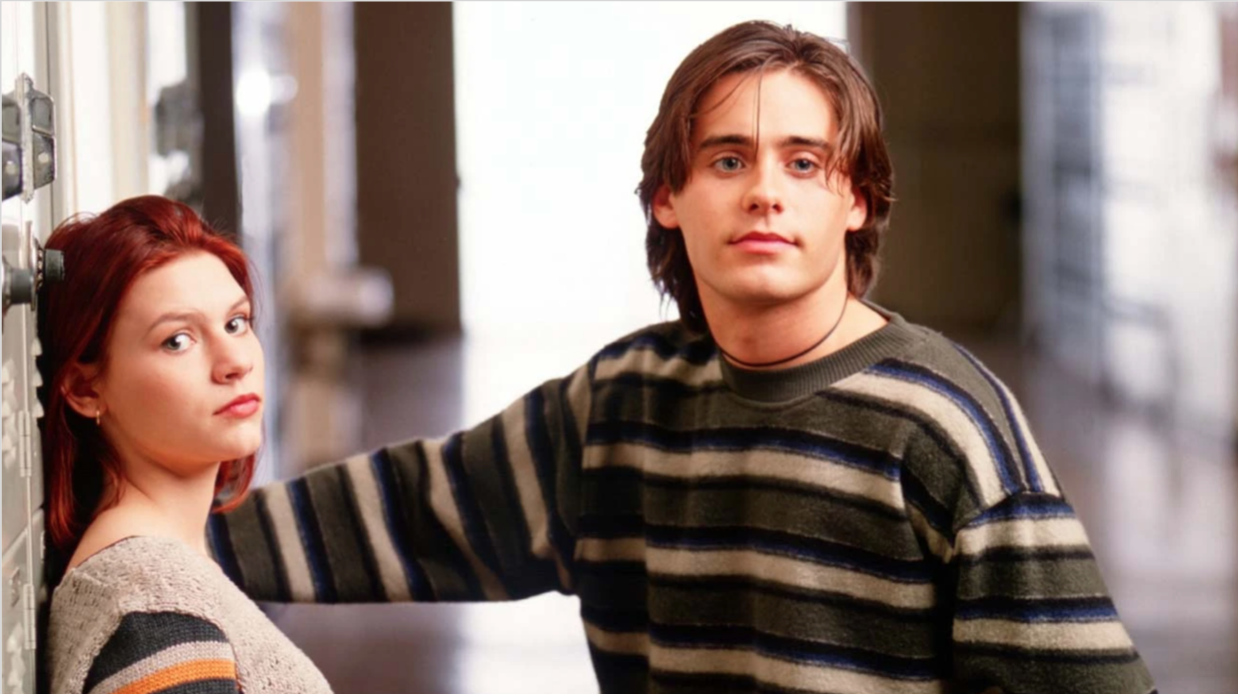
The power of the internet became more apparent in the 2000s as fans began organizing online to save their favorite cult shows from cancelation. Letter-writing campaigns had occasionally kept shows on the air, like the ‘80s cop drama Cagney and Lacey and early ‘90s cult hits Brooklyn Bridge and I’ll Fly Away. But these organized efforts became a regular occurrence with the reach of the web. The first online campaign to save a show, the teen drama My So-Called Life, ultimately failed. Many that came afterwards, as more people spent significant time online, succeeded. One favored tactic was to organize thousands of fans online to voice their protest to network executives by sending them a gimmicky but low-cost item. Jericho was saved by peanuts, Roswell by hot sauce, and Friday Night Lights by lightbulbs and eyedrops. Another, less-showy, tactic: Fans making a concerted effort in the off season to buy DVDs or download episodes on iTunes to make a show’s business case, as happened with Family Guy and The Office, among others.
The Endless Reboot Cycle
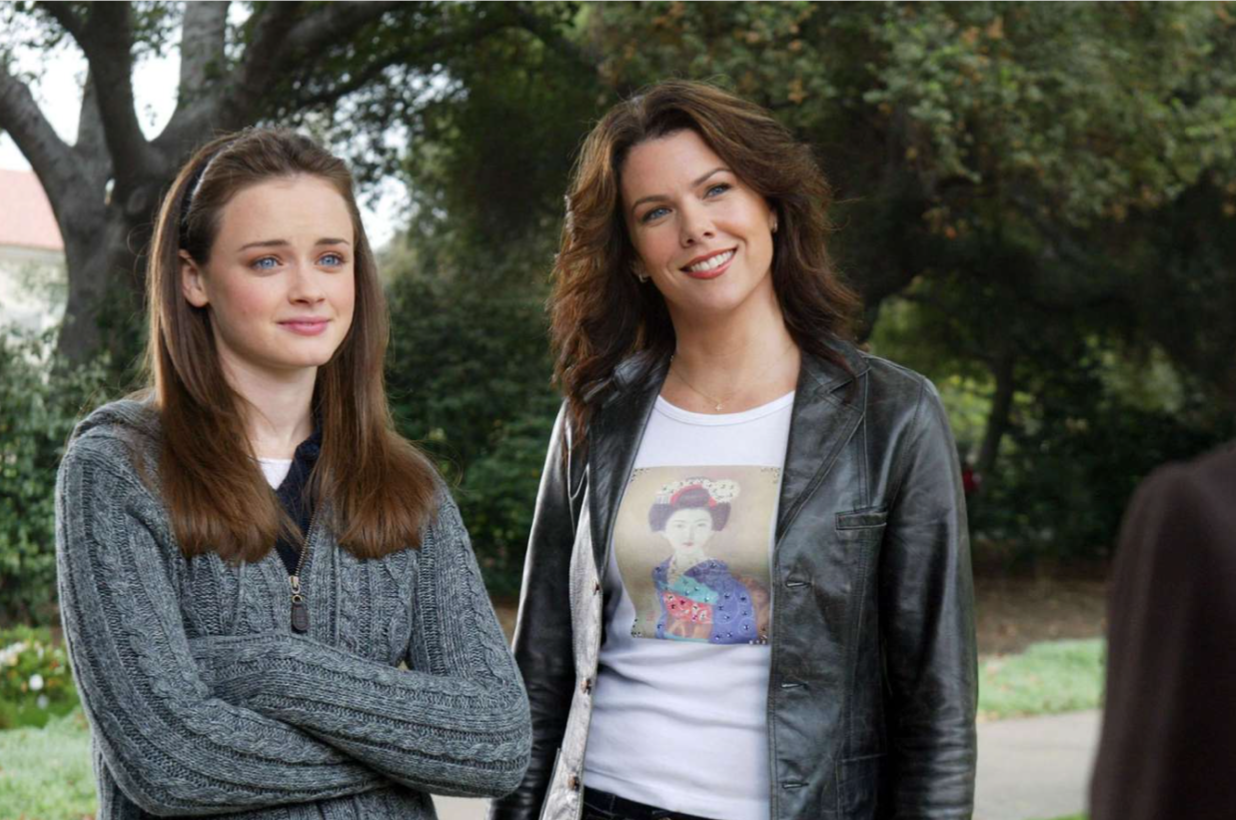
The reboot craze is also a direct result of the rise of the fan. In a crowded marketplace, one of the best ways for a new show to get attention is for it to be not-so-new, but rather a known and loved piece of intellectual property. Gilmore Girls, Will & Grace, and The X-Files are among the fan favorites that have been revisited. Some have genuinely added something to their originals, like Cobra Kai (a Karate Kid continuation), One Day at a Time, Queer Eye, and, famously, the gritty 2000s take on Battlestar Galactica. And even bad reboots at least attract curious audiences—sometimes, even hate-watching. Sex and the City’s reboot, called And Just Like That …, perhaps perfected this subgenre of the form last year, inspiring millions of complaining fans to tune in week after week, maybe hoping it would get better, but also gathering ammunition for further complaining with fellow disillusioned fans. (I was one of them.) Despite mostly bad reviews, the show was renewed for a second season (returning to HBO Max May 3). I’ll be gleefully hate-tuning-in.
TV-Shaming at Dinner Parties
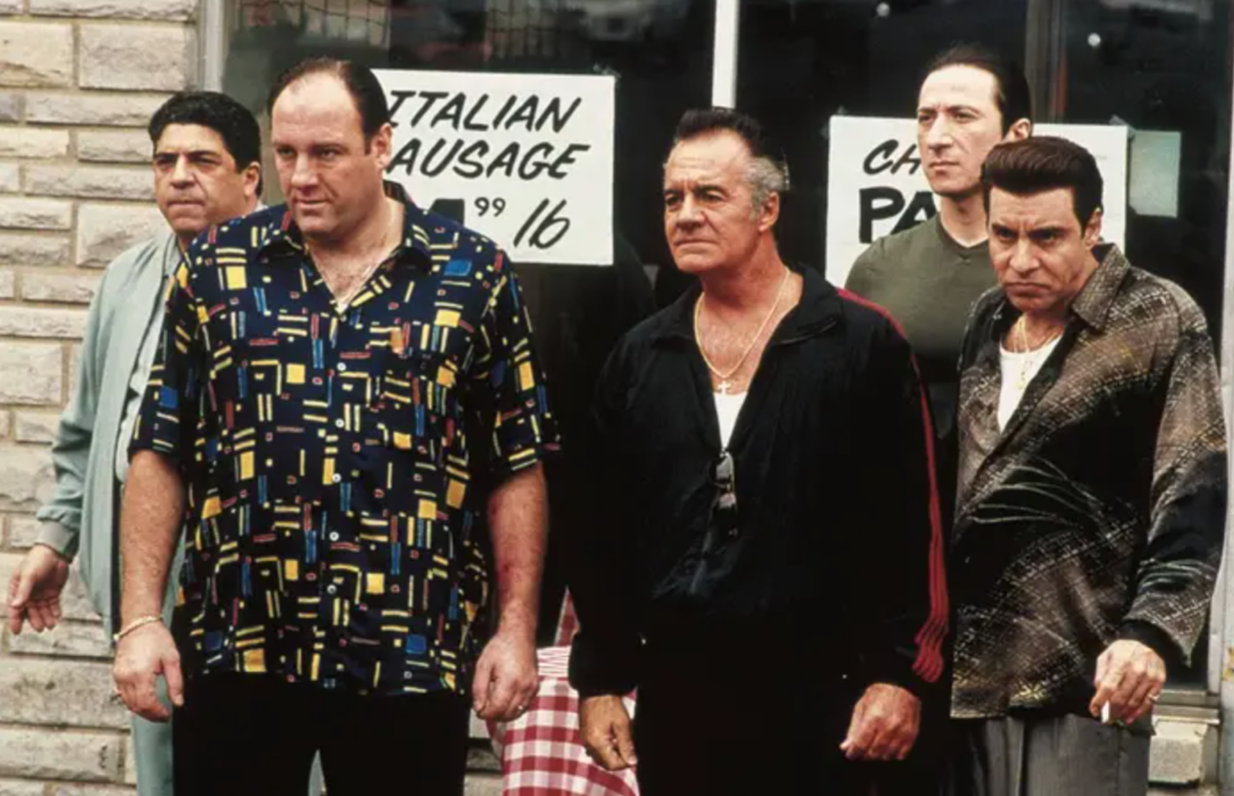
“You haven’t ever seen The Sopranos?!?” became a common refrain at dinner parties in the 2000s. (This line is always dripping with disgust and condescension.) The Wire and Breaking Bad soon became similar markers of cultural superiority, and the spontaneous quizzes on TV literacy have only multiplied since. Wait, wasn’t this the same guy who told you 15 years ago, smugly, that he didn’t even own a TV? It’s official: TV fandom has gone from Trekkie gauche to high culture snobbery.

